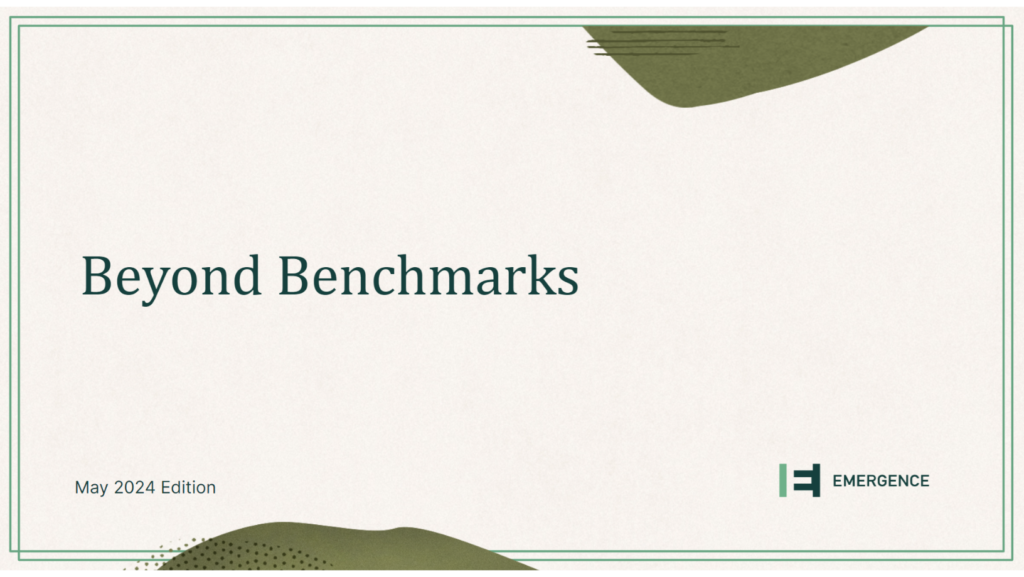Why SaaS+ is the Superior Business Model in a Recession
By Rally Managing Director Justin Kaufenberg
Introduction & Overview of SaaS+
SaaS+ is the strategy of adding embedded fintech and other products on top of a SaaS platform as a secondary revenue model. It’s a company changing model that can turn a $10k Annual Recurring Revenue (ARR) SaaS customer into a $100k ARR SaaS+ customer, and there are many SaaS platforms that have the ability to become a SaaS+ business.
Both vertical and horizontal platforms can become SaaS+ businesses, but vertical SaaS platforms are particularly good candidates because the platforms that best serve the specific needs of an industry tend to become the platform of record for that vertical. If a SaaS platform can successfully build trust with customers who rely on their core software product, those customers will first look to them for added products and services.
SportsEngine, a vertical SaaS platform serving the amateur athletics industry, was one of the first companies to employ the SaaS+ business model at billions of dollars of annual funds flow scale. My co-founders and I recognized early on that our customer base of youth sports organizations didn’t have easy access to the financial products and services they needed. We went on to add embedded payment processing, funds distribution, insurance, e-commerce, background screening and more to the platform, and, as a result, we evolved from primarily flat monthly fee SaaS revenue to over 80% usage based recurring revenue. This evolution drove median customer ARR up by nearly 10x.
Why SaaS+ is the Superior Business Model in an Economic Downturn
SportsEngine was founded in 2008, at the low point of the Great Recession. We deposited our first angel investment check the same week that Lehman Brothers collapsed. The SaaS+ business model was a key factor in attracting investors to SportsEngine because the revenue per customer did the opposite of what you’d expect during a downturn. Even when sports organizations were going under due to insolvency, the Net Revenue Retention (NRR) resulting from additive SaaS+ revenue streams of the survivors was so eye-popping that blended NRR was still nearly 200%.
When entering a downturn, logo acquisition becomes much more difficult, and generating additional revenue from your current install base becomes critical. SaaS+ platforms capture a customer’s traditional software spend as well as the spend on additional products and services. If your customers love you and rely on your software platform, then there’s no logical reason why they would prefer to purchase insurance from a legacy third party vendor. They’d prefer to do it natively within your platform. The same holds true for payments and countless other embedded services.
The SaaS+ companies in Rally Ventures’ portfolio see far less churn, greater revenue diversity and higher net dollar retention. Customers are stickier overall because they’re receiving benefits far and above the core SaaS platform. In a decade of building SaaS+ companies, we’ve learned that customers simply don’t leave when you control their funds flow.
What to Consider if You Want to Become a SaaS+ Business
While many SaaS platforms have the ability to become a SaaS+ business, not all platforms will be a fit for this business model. There are a number of things to consider when evaluating whether your industry and your business are right for SaaS+.
Is your industry fundamentally conducive to building a SaaS+ business?
(1) SaaS+ works optimally in a B2B2C industry. Ideally, you sell to a business entity who then sells to a consumer. For example, Rally portfolio company RentSpree is a rental application and tenant screening platform. RentSpree sells to real estate agents who sell to consumers. RentSpree became a SaaS+ business when they began adding rental payment and insurance tools to the platform. Because RentSpree customers are such regular users of the platform, thousands of customers began using these features the day they were turned on with zero effort from marketing and sales.
(2) Does the customer experience improve with SaaS+ features integrated into your software? For a lot of industries, the answer is no. For example, deeply integrated payments matter less if you’re buying a sweatshirt. But for something like rent payments, it makes a big difference. You want to be on a platform that knows your rental history and current balance and links to your utility bills. The advantages are tangible in that you can use one method of payment to intelligently and automatically pay all of your bills, while simultaneously interfacing with bureaus to improve your credit score and thus prequalifying you for attractive mortgage rates.
Is your business right for a SaaS+ business model?
(1) Do your current customers view you as the platform of record for their industry? It’s very hard to be a point solution and make the claim that you’re the rightful owner of the transaction. At SportsEngine, we had the burden of building player statistic software, streaming video capability and countless other features that didn’t directly contribute to revenue but were critical in making SportsEngine the platform of record for youth sports.
(2) Are your customers already spending on these additive services with legacy third party vendors? Displacing existing providers and aggregating all of the spend through your platform is materially easier than convincing customers to create net new budget for these products. This works well at RentSpree because landlords are already being charged payment processing fees by their existing merchant providers, and renters are already paying insurance premiums to their rental insurance brokers. The benefit is the convenience of having different parties connected on one platform.
If you fit the above four criteria, then your business may be a fit for SaaS+.
Where to Start: The Customer Advisory Council
Once you’ve determined that your industry and business are a fit for SaaS+, you’ll want to build a customer advisory council. An ideal customer council is 30–50 current customers who agree to attend three one-hour meetings. Remember to set the expectation at the beginning of the very first meeting that you’ll be asking for a sale at the conclusion of the process if the proposed product meets their needs. These are the things you want to focus on during each meeting:
- Product. What additional product should we build? And how do we propose to integrate that into the core platform?
- Customer. Of the customers in attendance, what percent would turn on the new capability the day it is released?
- Evaluation. For those customers who would not utilize the service, is the driving force lack of functionality or is it economically driven?
By the end of meeting three, you will know whether your current customers desire to use embedded SaaS+ features. You’ll know before you’ve written a line of code whether you can be a SaaS+ business.
About the author: Justin Kaufenberg is a Managing Director at Rally Ventures. Justin was previously the CEO of SportsEngine, a SaaS+ company he co-founded during the last market downturn, built to well over $100 million in annual revenue and sold to NBC Sports (Comcast) in 2016.



